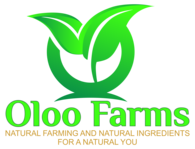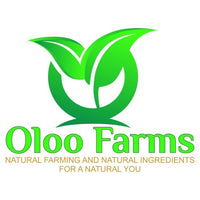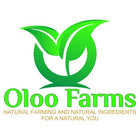How to Read a Soap Label: 5 Ingredients You Should Always Avoid
When you pick up a bar of soap, do you actually know what’s in it? For most people, the label is a jumble of chemical names and marketing buzzwords like “moisturizing” or “dermatologist tested.” But here’s the truth: not all soaps are created equal - and some are loaded with ingredients that can dry out, irritate, or even harm your skin.
This guide will help you decode your soap label and spot the five ingredients you should steer clear of, so you can make better choices for your skin (and your health).
1. Sulfates (like SLS & SLES)
Why they’re used: Sulfates like Sodium Lauryl Sulfate (SLS) and Sodium Laureth Sulfate (SLES) are powerful detergents that create that satisfying bubbly lather.
Why to avoid: While they get things squeaky clean, they also strip your skin of natural oils, leaving it dry, tight, and irritated - especially if you have sensitive or eczema-prone skin.
Better alternative: Look for soaps that use gentler, plant-based cleansers like coconut oil or olive oil.
2. Parabens (like methylparaben, propylparaben)
Why they’re used: Parabens are preservatives that extend shelf life and prevent bacteria growth.
Why to avoid: Parabens are controversial because they can mimic estrogen in the body and have been linked (though not conclusively) to hormonal disruption. Many people prefer to err on the side of caution and avoid them altogether.
Better alternative: Opt for soaps labeled paraben-free or preserved naturally with ingredients like vitamin E or Rosemary extract.
3. Mystery Fragrances
Why they’re used: Many big-brand soaps list only “fragrance” or “parfum,” which can hide dozens of undisclosed chemicals.
Why to be cautious: When companies don’t disclose what’s in their fragrance blend, it can lead to irritation, allergic reactions, or headaches and you’ll never know what’s really on your skin.
Better alternative: Look for soaps that clearly state if they use essential oils or high-quality, IFRA-compliant fragrance oils (like we do at Oloo Farms) so you know exactly what you’re putting on your skin.
4. Triclosan & Other Antibacterial Additives
Why they’re used: Triclosan and similar chemicals are added to soaps to kill bacteria, marketed as “antibacterial.”
Why to avoid: Not only has triclosan been linked to hormonal effects and antibiotic resistance, but the FDA has banned it in consumer hand soaps. Yet, some products (especially imports) still sneak it in.
Better alternative: Soap and water already remove bacteria effectively. No need for harsh antibacterial chemicals.
5. Artificial Colors (FD&C dyes)
Why they’re used: Brightly colored soaps catch the eye and artificial dyes make that possible.
Why to avoid: These dyes (look for labels like “FD&C Yellow 5”) can be irritating to skin and offer no skin benefit.
Better alternative: Natural soaps get their color from botanical ingredients like turmeric, clays, or herbal infusions (like we use at Oloo Farms).
How to Shop Smarter for Soap
✅ Read past the marketing claims - “natural” and “gentle” don’t mean much unless you check the ingredient list.
✅ Look for short ingredient lists with recognizable items like “olive oil” or “coconut oil.”
✅ Choose brands you trust - smaller makers (like us!) often disclose every ingredient and avoid cheap fillers.
Final Thoughts
Your skin is your largest organ, and what you put on it matters. By avoiding these five ingredients, you’ll protect your skin and you’ll likely notice your skin feeling softer, calmer, and healthier.
At Oloo Farms, we craft soaps the old-fashioned way - with fresh botanicals, gentle oils, and zero harsh chemicals.
👉 Curious what goes into truly natural soap? Browse our handmade soap collection here - and feel the difference of real, skin-loving ingredients.




Leave a comment